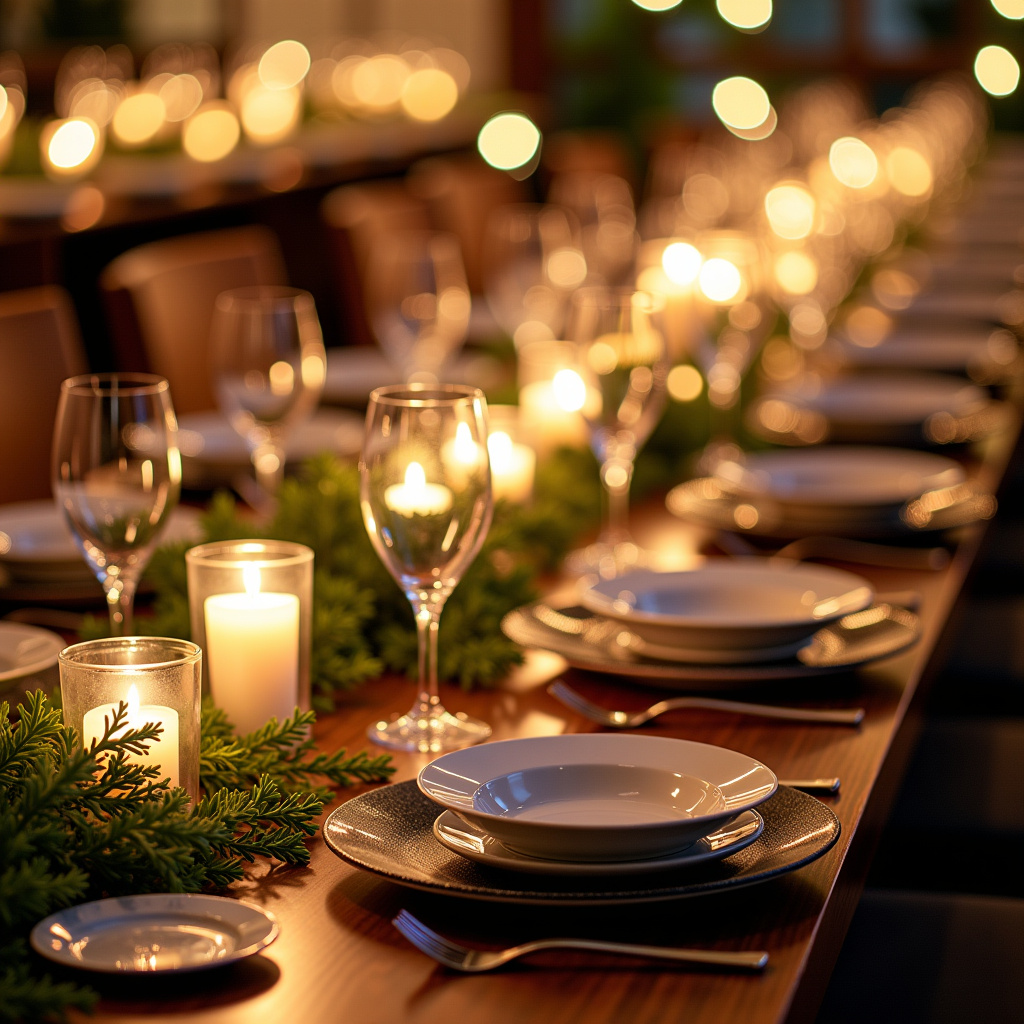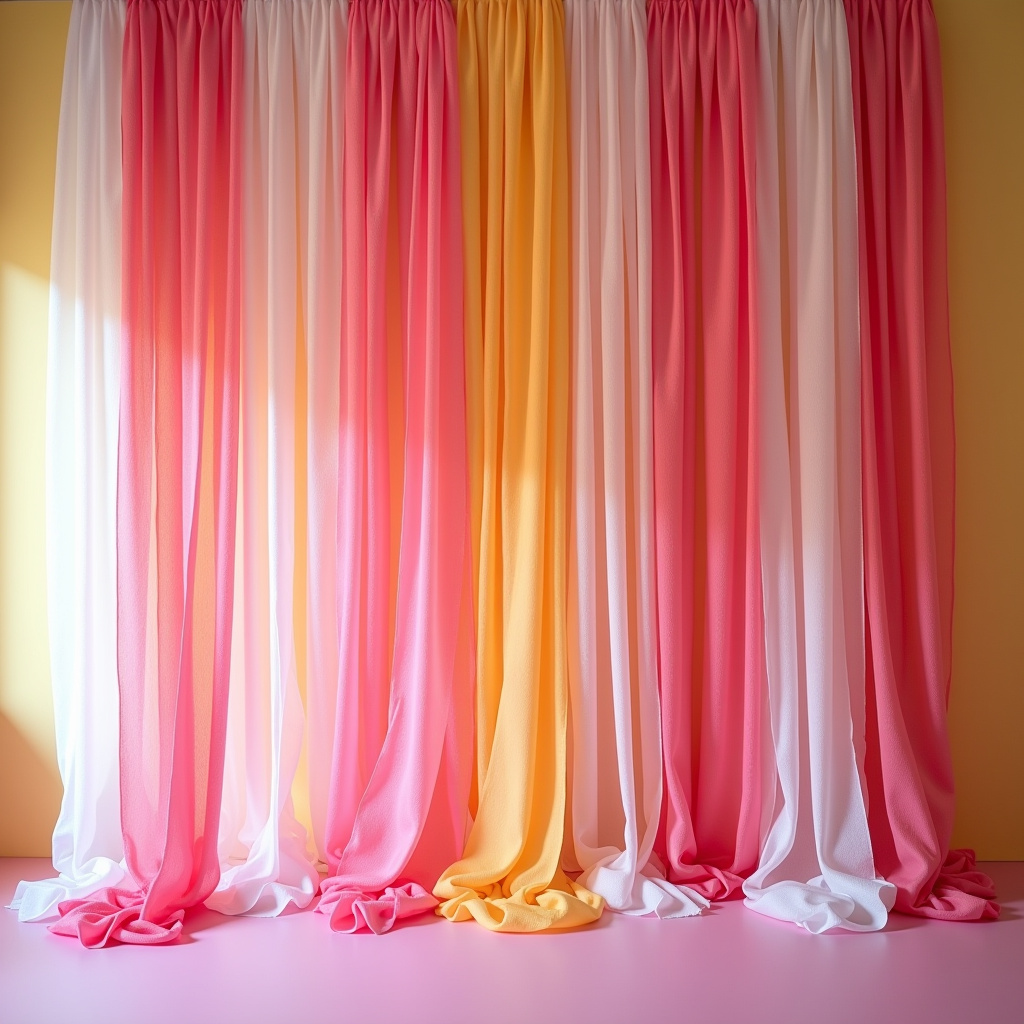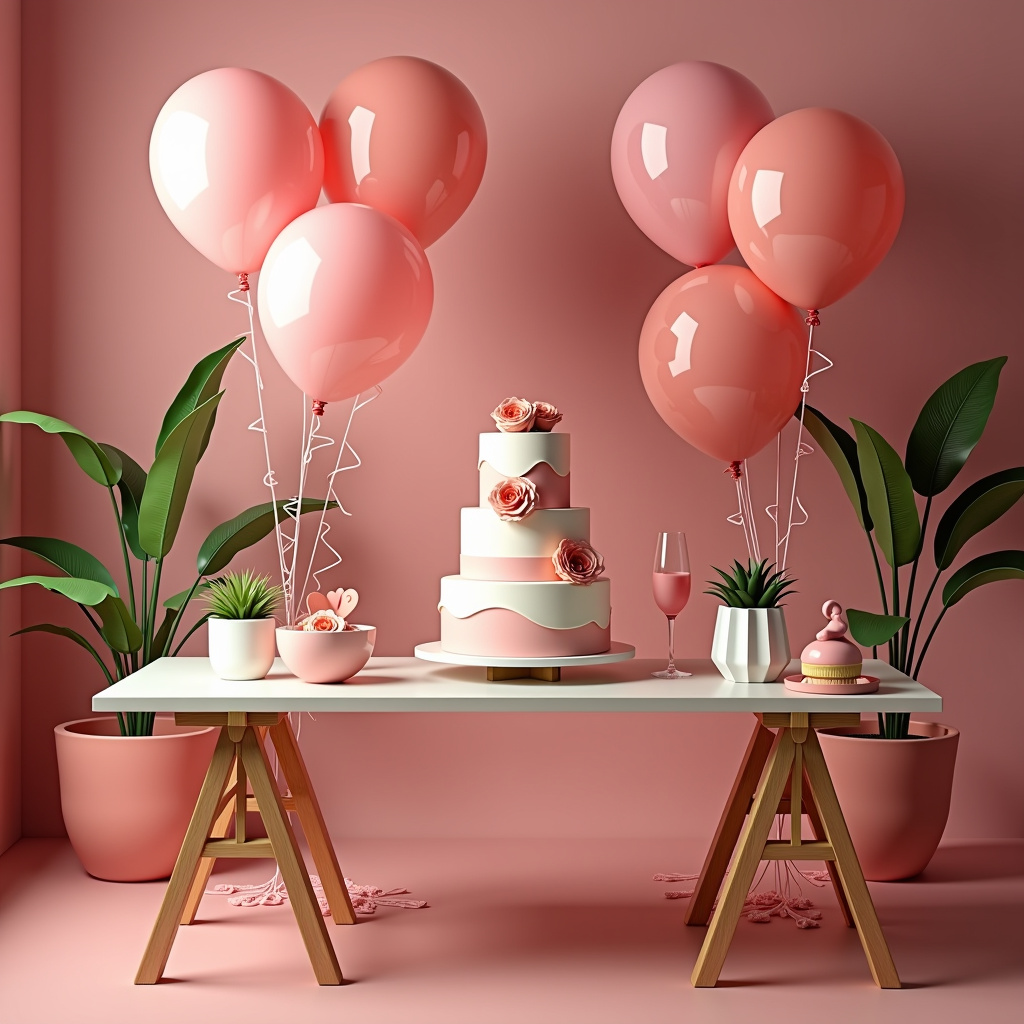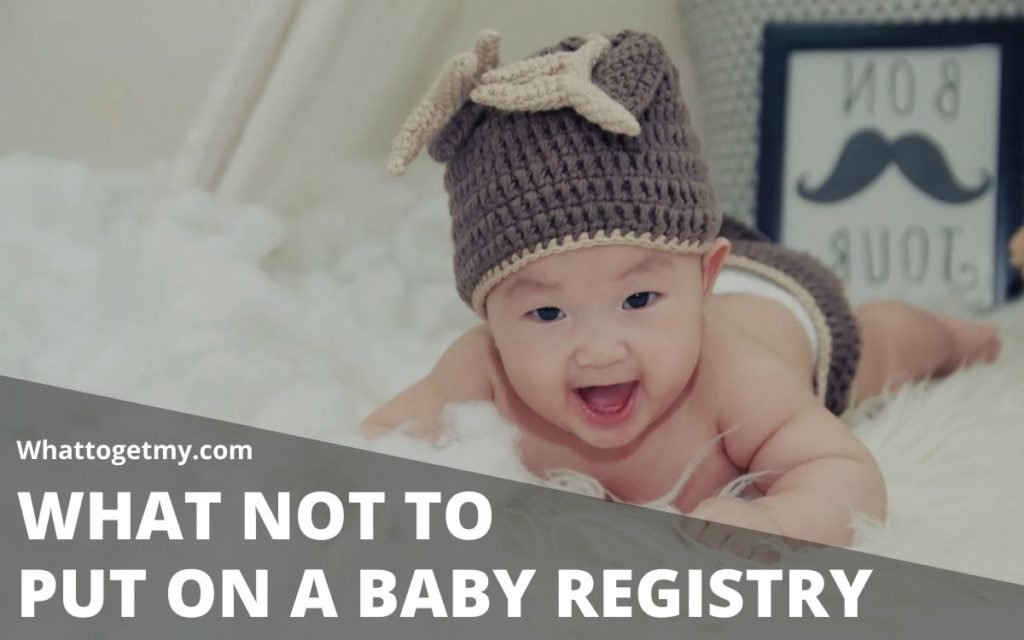How to Combine Themes Using Cheap Party Decorations
Ever stared at a mountain of clearance party supplies and thought, "I love this neon color and this tropical leaf print, but how do I make them work together?" You’re not alone! Combining themes is the secret weapon of savvy hosts looking to create something truly unique without draining their bank accounts. This guide will show you exactly how to blend seemingly disparate concepts—like a 'Roaring Twenties Gatsby' vibe with a 'Modern Minimalist' aesthetic—using smart, cheap party decorations. Mastering theme fusion elevates your party ideas from standard to spectacular, proving that creativity, not cash, dictates the success of your event.
Prerequisites and Requirements: Gathering Your Supplies
Before you start merging concepts, you need a solid foundation. Think of this as the design phase where you select your core elements.
1. Define Your Two (or Three) Core Themes
First, nail down exactly what you are combining. Are you planning low-cost birthday themes for a teenager who loves both space and 80s music? Or perhaps you’re looking for sophisticated retirement party themes for men that blend his love for vintage cars with a classic casino night?
- Action: Write down your two main themes.
- Example: Theme A: Rustic Farmhouse. Theme B: Hollywood Glamour.
2. Inventory Your Existing Stock
The best way to keep costs down is to use what you already have. Dig through your storage bins. Do you have any mismatched tablecloths, old fairy lights, or leftover colored streamers?
- Tip: Look for neutral items that can bridge the gap. White string lights, plain black or white serving platters, and simple glassware are theme chameleons.
3. Identify the "Bridge" Element

This is the critical step. A bridge element is a color, texture, or shape that exists naturally in both themes, allowing them to coexist peacefully. If you're struggling, you might need to add one inexpensive item that serves as this bridge.
- Example (Farmhouse/Glamour): The bridge could be Gold. Farmhouse uses subtle brass accents, and Glamour demands sparkle. Gold spray paint becomes your best friend here.
Step-by-Step: Merging Themes with Budget Decor
Now that you know your themes and your bridge, it’s time to execute the fusion using cheap party decorations. Follow these steps sequentially for the best results.
Step 1: Establish the Dominant Theme (The 70/30 Rule)
Decide which theme will be the visual backbone of the party (70%) and which will act as the accent or "pop" (30%). This prevents visual chaos.
- Action: Choose your dominant theme. If you're hosting a small space party layout ideas, lean towards the theme that requires less physical footprint (e.g., if your second theme needs massive props, make it the 30% accent).
- Example: For our Farmhouse/Glamour party, Farmhouse is dominant (rustic wood tables, burlap runners). Glamour is the accent (gold chargers, crystal-look plastic champagne flutes).
Step 2: Select Your Shared Color Palette
Colors are the easiest way to unify disparate concepts. Use your bridge element from the prerequisites here. Aim for one neutral, one dominant color from Theme A, and one accent color from Theme B.
- Action: Limit your main palette to three colors max.
- Tip: If you need splashes of color, utilize inexpensive crepe paper streamers or solid-colored paper plates instead of expensive printed items. You can find great cheap party decorations in solid colors at dollar stores.
Step 3: Focus Decor Placement Strategically

Don't try to theme every square inch. Instead, use the merged decor to highlight specific zones. This is crucial whether you are planning elegant dinner party themes or a casual gathering.
- The Entryway: Use the 30% accent theme here to surprise guests. (e.g., A single, glamorous, gold-painted welcome sign for the Rustic Farmhouse entrance).
- The Main Table: This is where the 70% dominant theme shines, accented by the bridge color.
- The Activity Zone: If you have a specific activity—like diy party games for adults—theme that area purely around the secondary concept.
Step 4: Decorate with "Borrowed" Items
Look beyond standard party stores for your cheap party decorations. The best fusion often comes from repurposing household items that fit one theme while complementing the other.
- For a Virtual Party: If you are using virtual party game ideas, focus heavily on the background visible on camera. Use one theme for your main backdrop and the secondary theme for small, portable props you hold up.
- Example: For a 'Tropical Noir' party (think jungle meets detective), use dark, moody lighting (Noir) but accent the food table with bright green faux palm leaves (Tropical). The leaves are cheap and add necessary visual texture.
Step 5: Integrate Theme-Specific Activities or Food
The most seamless way to combine themes is through experience, not just visuals. This is where your menu and activities come in.
- Themed Cocktail Party Menus: Create two distinct small menus or drink options, one for each theme. Offer a "Speakeasy Old Fashioned" alongside a "Tiki Punch." This gives guests a choice and reinforces the blend.
- For Teenagers: If you are exploring teenager party themes at home like 'Goth Prom,' you can combine the dark aesthetic with fun, bright DIY photo booth props.
Step 6: Create a Free Planning Backbone
To manage the complexity of combining themes, you need structure. Don't waste money on fancy planners; use a digital tool.
- Action: Immediately download or create a free party planning checklist. Use this checklist to track which decorations belong to which theme and where they are designated to go. This prevents you from accidentally mixing your 70% and 30% elements in the wrong places.

Common Mistakes to Avoid When Merging Themes
Combining themes sounds fun, but it can quickly turn into a visual mess if you aren't careful. Avoid these common pitfalls:
- Over-Saturation: Do not try to include every element of both themes. If you are doing an interactive murder mystery party kits theme mixed with a 'Space Odyssey' theme, you don't need alien props and faux magnifying glasses everywhere. Pick one signature item from Theme B and use it sparingly.
- Ignoring the Bridge: If you skip Step 3 and don't establish a unifying color or texture, the two themes will fight each other visually. Everything must have a visual thread connecting it back to the other theme.
- Budget Blowout on Niche Items: Resist the urge to buy expensive, highly specific decorations for both themes. If you need a specific prop (like a vintage car model for a retirement party), try borrowing it instead of buying a specialized, single-use item. Stick to cheap party decorations like colored light bulbs or fabric scraps to convey the theme.
Expected Results: The Unified Party Vibe
When you successfully combine themes, the result isn't confusion; it’s depth. Guests should walk in and immediately recognize elements of both concepts, but feel that the overall atmosphere is cohesive and intentional.
Success looks like this:
- Guests complimenting the unique feel, rather than asking, "What exactly is the theme?"
- Decorations that feel layered and curated, not just randomly assembled.
- Your budget remaining intact because you relied on smart placement and repurposed items rather than buying entirely new, theme-specific sets.
Conclusion and Next Steps
Combining themes is the ultimate hack for creating memorable events on a budget. By establishing a strong bridge element, respecting the 70/30 visual rule, and focusing your decor placement, you can easily transform simple cheap party decorations into sophisticated ambiance.
Ready to take your planning to the next level? Once you've mastered theme fusion, explore advanced options like creating complex, multi-layered menus (perfect for those themed cocktail party menus) or designing custom challenges for your diy party games for adults that require guests to interact with both themes simultaneously! Happy hosting!



